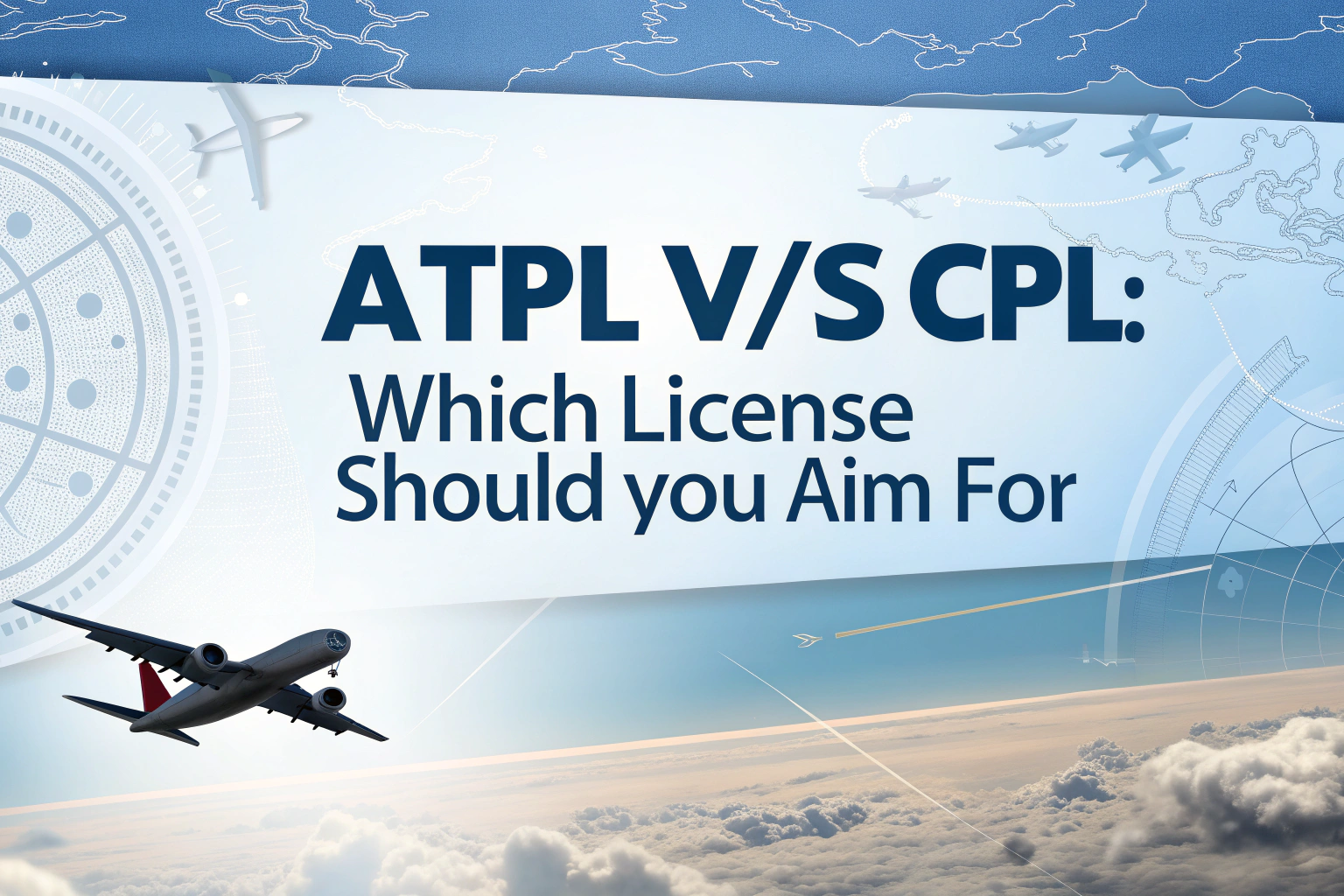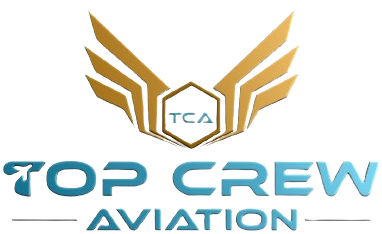
When aspiring pilots step into the aviation world, one of the most significant decisions they face is whether to aim for a Commercial Pilot Licence (CPL) or an Airline Transport Pilot Licence (ATPL). Understanding the differences, benefits, and career implications of these two licenses is essential for making the right choice. In this guide, we will break down ATPL V/S CPL in simple terms so you can decide the best path for your aviation career.
What is a CPL (Commercial Pilot Licence)?
A Commercial Pilot Licence (CPL) allows you to act as a pilot and get paid for flying. This is typically the first professional license pilots obtain after initial training.
Key Facts About CPL:
- Eligibility: Minimum age 18 years, Class 1 medical fitness.
- Training Hours: Usually 200 total flying hours (varies by country).
- Privileges: You can work as a First Officer, corporate pilot, charter pilot, or flight instructor.
- Exams: Requires passing DGCA or FAA/EASA written and practical tests.
- Cost: Can range from ₹35 lakhs to ₹50 lakhs in India, or $50,000+ internationally.
A CPL is the entry point into the professional aviation industry. After getting your CPL, you can gain experience, build hours, and eventually qualify for an ATPL.
What is an ATPL (Airline Transport Pilot Licence)?
An Airline Transport Pilot Licence (ATPL) is the highest level of pilot certification. It is a requirement to become a Captain on multi-crew aircraft for airlines.
Key Facts About ATPL:
- Eligibility: Minimum age 21 years, Class 1 medical fitness.
- Training Hours: Usually 1500 total flying hours (ICAO standard).
- Privileges: You can act as Pilot-in-Command (Captain) on large commercial aircraft.
- Exams: Requires advanced theoretical exams on air law, navigation, meteorology, flight planning, and aircraft systems.
- Cost: If obtained directly (integrated training), it can exceed ₹80 lakhs or $100,000+, but most pilots convert their CPL to ATPL after gaining experience.
The ATPL is often the career goal for professional pilots aiming for leadership roles in airlines.
ATPL V/S CPL – Key Differences
Feature CPL & ATPL
- Purpose: Entry-level license to work as a paid pilot. Highest license to command large commercial aircraft
- Flying Hours Required: 200 hours, 1500 hours
- Career Start Point: First Officer, instructor, charter pilot, Captain, senior airline positions
- Training Duration 12–18 months, Additional 2–5 years after CPL
- Cost Lower Higher
- Authority can operate commercially but under supervision. Full command authority.
Career Path: From CPL to ATPL
Most pilots follow a step-by-step approach:
- Obtain a CPL → This allows you to start working and building hours.
- Work as a First Officer or Instructor → Gain valuable experience and flying hours.
- Reach 1500 Hours → Meet the ATPL experience requirement.
- Pass ATPL Exams → Demonstrate advanced theoretical knowledge.
- Get ATPL Issued → Eligible to work as a Captain for airlines.
This gradual process helps pilots earn while they learn and avoid the significant upfront cost of directly pursuing an ATPL.
Which License Should You Aim For?
Choosing between CPL and ATPL depends on your career stage and goals.
- If you are starting, A CPL is the practical first step. It opens the door to paid flying jobs and allows you to work towards ATPL requirements.
- If you already have experience: Aim for ATPL to take command roles and maximise earning potential.
In short, CPL gets you in the cockpit, while ATPL puts you in the Captain’s seat.
Earning Potential: ATPL V/S CPL
CPL Holders:
- Airline First Officer: ₹1.5–₹4 lakh per month in India.
- Charter/Corporate Pilot: ₹1–₹3 lakh per month.
ATPL Holders:
- Airline Captain: ₹5–₹12 lakh per month in India.
- Senior Captain on international routes: ₹20+ lakh per month.
ATPL holders earn significantly more due to the higher responsibility and authority.
Training Considerations
When deciding ATPL V/S CPL, consider:
- Budget – CPL is more affordable initially; ATPL requires greater investment.
- Time Commitment – CPL can be obtained faster; ATPL takes years of experience.
- Career Goals – If your goal is airline command, ATPL is essential.
- Job Market – Many airlines hire CPL holders as First Officers and sponsor ATPL upgrades.
ATPL V/S CPL in India – DGCA Perspective
In India, the DGCA (Directorate General of Civil Aviation) regulates pilot licenses:
- CPL Requirements: 200 hours total flying, pass DGCA theory exams, and medical fitness.
- ATPL Requirements: 1500 hours total flying, CPL with multi-crew experience, and advanced exams.
Many Indian airlines hire CPL holders and provide training for an ATPL once the pilot meets experience requirements.
Final Thoughts – Choosing Your Path
When looking at ATPL V/S CPL, remember:
- Start small, aim big – CPL first, then ATPL.
- Your flying hours and experience are as important as the license you hold.
- Career progression in aviation is step-by-step; each stage builds towards the next.
If your dream is to command an aircraft, the ATPL is your ultimate destination. But every airline captain once started with a CPL.
FAQ’s
1. What is the main difference between ATPL and CPL?
A CPL lets you work as a paid pilot, while an ATPL allows you to be the Captain of large commercial aircraft.
2. Can I get an ATPL without first having a CPL?
No, you must first obtain a CPL, gain experience, and meet the flying hour requirements before applying for an ATPL.
3. How many flying hours are required for a CPL?
In most countries, you need around 200 total flying hours for a CPL.
4. How many flying hours are needed for an ATPL?
You generally need 1500 total flying hours to qualify for an ATPL.
5. Which license should I choose if I’m starting my aviation career?
If you’re a beginner, start with a CPL and work towards an ATPL over time.
💡 Before aiming for an ATPL, it’s important to know what ATPL ground classes involve and how they prepare you for success in your pilot career.
Frequently Asked Questions
No FAQs found.



